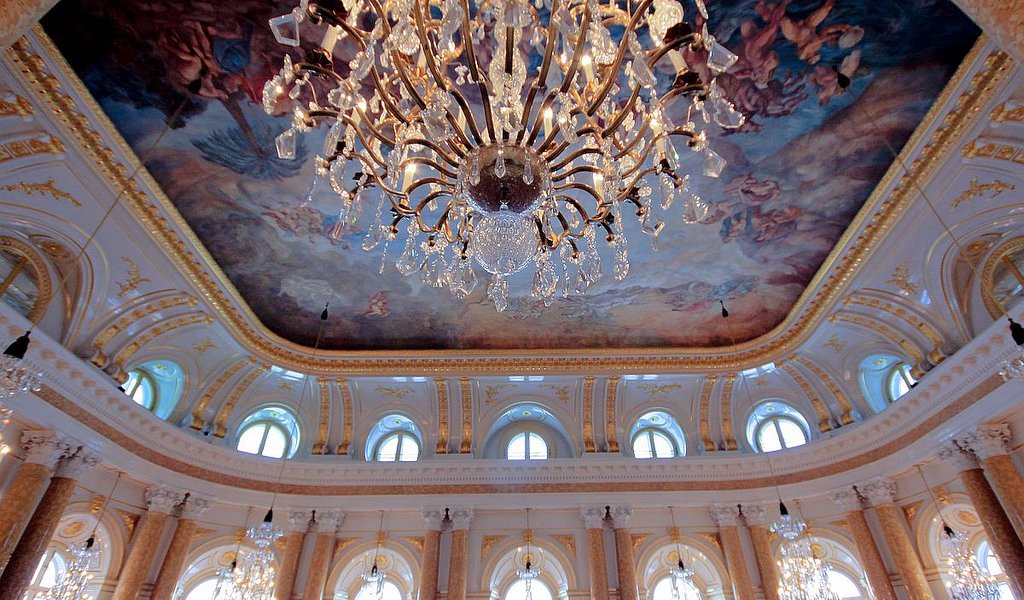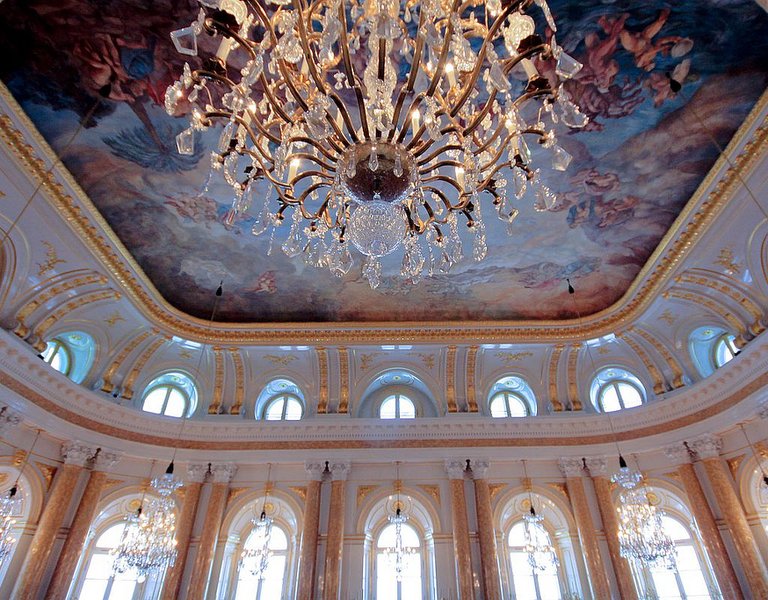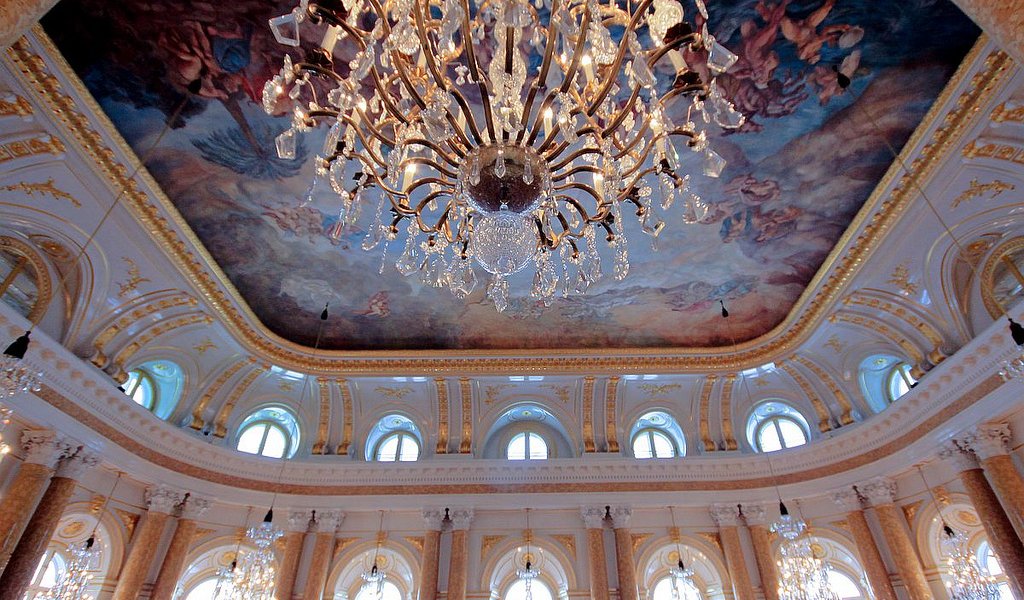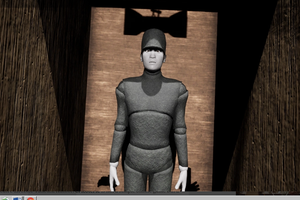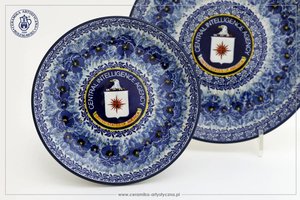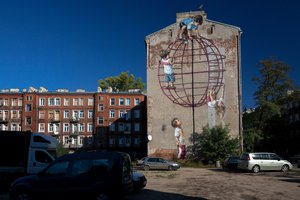Like a King!
Visit for free the Royal residences in Warsaw and Kraków! The Royal Castle, the Royal Łazienki Museum and the Museum of King Jan III Palace at Wilanów in Warsaw, as well as and Wawel Royal Castle in Krakow have opened their doors for visitors. Admission-free November at Royal Residences campaign will last to November 30! This year's edition is dedicated to the 100th anniversary of Poland's regaining independence in the context of lost and recovered cultural heritage.
"Regained Heritage for the Centenary of Independence" – this is the motto of this years edition of this one of the biggest events promoting Poland’s historical landmarks and museum collections. For the 7th time visitors of the Royal Residences will be able to participate in the workshops, curator-guided tours and the exhibitions.
The programme of Warsaw’s Royal Castle is dedicated to works from castle’s collection that were grabbed or lost during the WWII and recovered later. The exhibition titled "Signs of Freedom: On the Continuation of Polish National Identity” presents the history of the Poland’s fights for sovereignty from 1914 to 1989 .
Royal Łazienki Park propose the exhibition presenting the history of Polish medals and decorations. The free-of-charge access concerns also the Royal Gallery of Paintings in the Palace on the Isle, the Royal Theater, the Royal Sculpture Gallery at the Old Orangery and the Museum of Hunting and Horsemanship.
Poland.pl
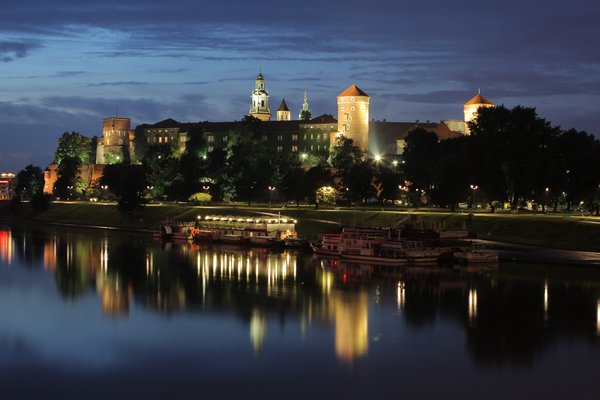
The beginnings of the residence of Polish rulers on Wawel hill go back to an early Romanesque stone building from mid 11th century. In time, the prince’s residence on the hill was expanded eastwards. Along with the cathedral it was called “the Upper Castle”, while “the Lower Castle” was a settlement consisting of courtiers’ and clergy’s houses and churches other than the cathedral. In the 14th century the Castle was considerably expanded by Ladislas the Short, and his son Casimir the Great built an impressive Gothic residence consisting of several buildings grouped around an irregular courtyard in the eastern part of the hill. During the reign of Ladislas Jagiello, at the turn of the 15th century, a Gothic pavilion, later known as the Danish Tower, was added to the Castle. After this time the complex remained unchanged until the fire in 1499. Around 1504, King Alexander Jagiello commissioned a German architect Eberhard and an Italian sculptor and architect Francesco the Florentine to rebuild the Gothic residence in a Renaissance fashion. The Renaissance building, preserved to this day, with its beautiful arcaded courtyard, is impressive in its monumental layout, spacious, brightly lit interiors, and magnificent use of architectural forms originating from ancient art, hitherto unknown in Poland. In the 16th century the Castle was the seat of the Lower House (Seym) whose sessions were held in the Envoys’ Room. After the fire in 1595 a part of the Castle’s northern wing was rebuilt in the early Baroque style by Sigismund III (Vasa).
From the time the royal court permanently moved to Warsaw (c. 1610), the Polish monarchs resided in Wawel only periodically, mostly to attend lavish weddings, coronations and funerals. In 1702, under Swedish occupation, there was another dangerous fire in the Castle. Although later restored, it never attained its original splendour again. After Poland lost its independence in 1796, the Austrians took over the Castle and turned it into military quarters. After the occupying Austrian army left the Castle in 1911 and returned it to the Poles, its restoration began.
source: The Wawel Royal Castle

The history of the Royal Castle goes back to the 14th century when the Great Tower was erected. In the 16th and 17th centuries during the reign of Sigismund III Vasa, the Castle underwent large-scale expansion and was transformed into a five-winged edifice with an inner courtyard. It was a royal residence, the place where parliamentary deliberations were held and the administrative and cultural centre of the country. Destroyed in the middle of the 17th century during the Swedish Wars, it gradually regained its former magnificence during the reign of the Saxon-Wettin dynasty.
In the 18th century, artists in the employ of Stanislaus Augustus reconstructed the interiors of the chambers, comprising the Great Apartment and the King's Apartment. During the period of the partitions (in the 19th century) the major part of the collections of the last Polish king ended up in Russia. After Poland regained its independence, some of the works of art were reinstated to their rightful place in the Castle.
In September 1939 the Castle was bombed by the Germans; however museologists, under the leadership of Professor Stanisław Lorentz, managed to salvage some elements of the interiors and also some of the works of art. In September 1944 the Castle was blown up by the German army. In the years 1945-1970, the authorities delayed making a decision on whether to rebuild the Castle. Funds for the rebuilding of the Castle which took until 1980 were provided thanks to the dedication of the community. In 1984 the reconstructed interiors were opened to the general public.
source: The Royal Castle in Warsaw
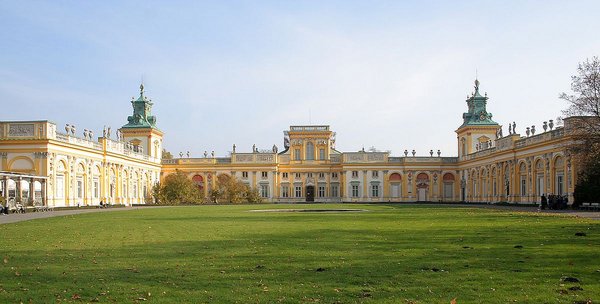
The history of the Wilanow Palace began on April 23, 1677, when a village became the property of King John Sobieski III. At the beginning, Augustyn Locci, the king’s court architect, received the task of creating only a ground floor residence of a layout typical for the buildings of Poland. However, military successes and an increase of the importance of royalty in the coming years had a huge influence on expanding the initial project. Huge construction works were conducted in the years 1677-1696.
After the death of the King, the Palace became the property of his sons, and in 1720, a run down property was purchased by one of the wealthiest women in Poland of those days – Elizabeth Sieniawska. In 1730, the Palace, for three years, was owned by king August II the Strong, who made considerable changes in the residence, particularly as far as the internal décor is concerned.
In the middle of 18th century, the Wilanów property was inherited by the daughter of Czartoryski, wife of a field marshal, Izabela Lubomirska, during whose reign, Wilanów started shining with its previous glory. Sixty nine years later, the Duchess gave Wilanów to her daughter and her husband, Stanislaw Kostka Potocki. Thanks to his efforts, one of the first museums in Poland was opened in the Wilanów Palace, in 1805.
source: The Wilanów Palace
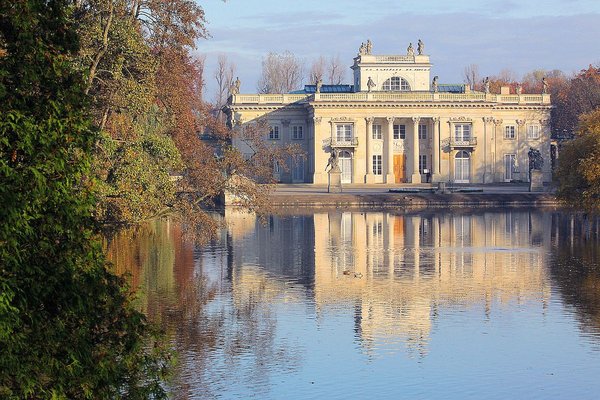
The Royal Łazienki have become an integral part of Poland’s historical background, having borne witness to events in which they actively participated.
The origins of today’s Palace on the Isle date back to the late 17th century. The Bathhouse was built at the behest of Prince Stanisław Herakliusz Lubomirski, one of the most important politicians, writers and philosophers of the time.
The Baroque garden pavilion, designed by the Dutch architect, Tylman van Gameren, was intended as a place for resting, leisure and contemplation. The interiors of the Bathhouse were stylized on a grotto with a spring which symbolized the Hippocrene, a fountain on Mount Helicon in ancient Greece, which was the source of poetic inspiration for the Muses.
In 1764, when looking for a place in which to build his summer residence, King Stanisław August purchased the Bathhouse together with the Ujazdowski estate. Thanks to two architects – the Italian born Domenico Merlini and Johann Christian Kammsetzer – the King transformed the Baroque Bathhouse pavilion into the neoclassical Palace on the Isle.
source: The Royal Łazienki
21.11.2018
